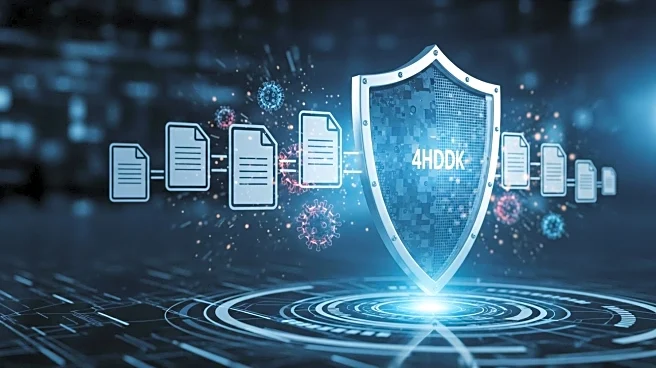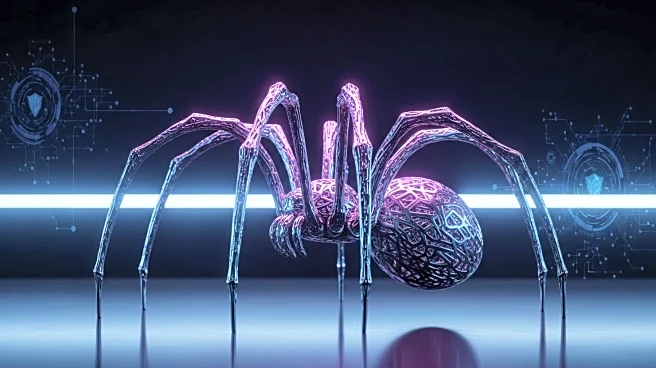What's Happening?
Acronis' Threat Research Unit has identified a new social engineering attack named 'FileFix' that tricks users into executing malware through file upload processes. This attack is a sophisticated version of ClickFix attacks, where users are manipulated into running malicious commands. FileFix targets users on phishing sites that mimic legitimate platforms, instructing them to paste a file path that is actually a PowerShell script. This script downloads malicious JPEG images containing malware code, which is executed through steganographic techniques. The attack bypasses traditional detection systems by embedding executable payloads within image files.
Why It's Important?
The FileFix attack represents a significant threat to cybersecurity, as it leverages user actions to deploy malware, making it difficult to detect and prevent. By using steganography, attackers can evade signature-based detection systems, posing a challenge for cybersecurity professionals. The attack's ability to spread globally and its multilingual nature increase its potential impact. Organizations and individuals must enhance their cybersecurity measures and user education to recognize and prevent such sophisticated attacks, which could lead to data breaches and financial losses.
What's Next?
As the FileFix attack continues to evolve, cybersecurity firms and organizations will need to develop new strategies to detect and mitigate such threats. User education programs focusing on recognizing suspicious activities, such as unusual copy-and-paste operations, will be crucial in preventing self-compromise. Cybersecurity researchers will likely continue to monitor the attack's variants and develop countermeasures to protect against this and similar threats. Collaboration between cybersecurity firms and law enforcement may also be necessary to track and dismantle the infrastructure supporting these attacks.










